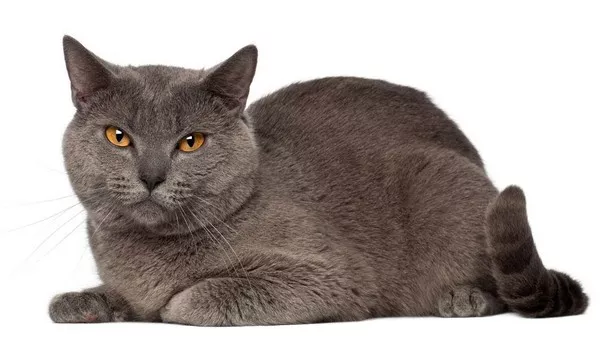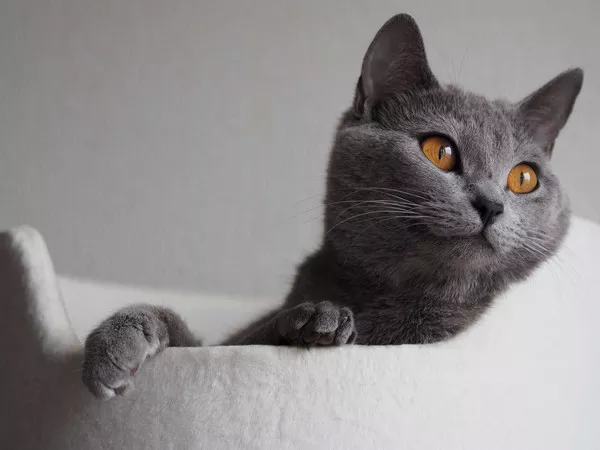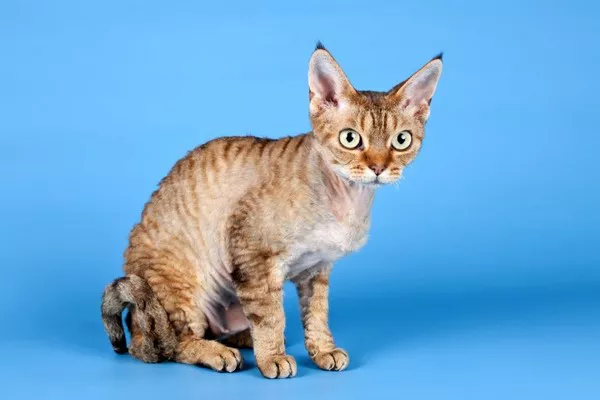The Chartreux cat, with its rich history and unique characteristics, has captivated the hearts of cat lovers around the world. Known for its robust health, playful yet laid-back personality, and striking appearance, this breed might seem like the perfect pet for many. However, deciding to bring any cat into your home requires careful consideration of the breed’s traits, needs, and how well they align with your lifestyle. This article provides an in-depth look at the Chartreux cat to help you determine if this quiet and charming breed is the right fit for you.
Understanding the Chartreux’s Unique Characteristics
Historical Background and Breed Origin:
The Chartreux is a French breed and one of the oldest naturally occurring breeds in existence. Legend has it that these cats were once companions to the Carthusian monks of France, who appreciated the cats for their mousing abilities and quiet nature. This historical backdrop not only adds a mystical allure to the breed but also explains some of its more contemplative qualities.
Physical Traits:
The Chartreux is distinguished by its robust build, round head, and striking copper or gold eyes. Its dense, woolly blue coat is both beautiful and practical, providing insulation against harsh weather. Typically, these cats are medium to large in size, with males often being significantly larger than females.
Temperament and Personality:
Chartreux cats are known for their calm and gentle temperament. They are affectionate without being overly demanding, making them excellent companions, especially in quieter households. One of the most notable traits of the Chartreux is their “silent meow”; many of these cats are very quiet or even mute, which can be charming or unsettling, depending on your preference.
Is the Chartreux the Right Cat for Your Lifestyle?
Home Environment:
Chartreux cats typically do well in both active and quiet homes, adapting well to their environment. They are good with children and other pets, showing patience and a gentle demeanor. However, their strong hunting instincts can sometimes drive them to chase smaller pets like birds or rodents. Ensuring that they have a space where they can retreat and relax is crucial, as Chartreux appreciate their own territory.
Time and Attention Needs:
While not as demanding as some other breeds, Chartreux do require interaction and affection. They often form strong bonds with their owners and can become quite attached. If you travel frequently or have long work hours, ensuring that your Chartreux has companionship, whether from another pet or human, will be important to prevent loneliness.
Activity Level:
Chartreux cats have a moderate activity level. They enjoy playing and should be provided with toys that stimulate their hunting instincts. Despite their playful nature, they also appreciate lounging and can often be found observing their surroundings from a favorite perch.
Health and Longevity of the Chartreux
General Health:
Chartreux are generally healthy, but like all breeds, they can be prone to certain genetic health issues. Some of the health concerns associated with the breed include patellar luxation, hip dysplasia, and hereditary polycystic kidney disease (PKD). Regular veterinary check-ups and maintaining a healthy weight are essential to managing these risks.
Dietary Needs:
The robust physique of the Chartreux requires a well-balanced diet to maintain optimal health and prevent obesity. A high-quality cat food rich in proteins and low in carbohydrates is ideal, considering their carnivorous nature. Monitoring their food intake and ensuring they get enough exercise is crucial to avoid health issues associated with being overweight.
Life Expectancy:
Chartreux cats have a relatively long life span, often living into their late teens or even early twenties with proper care. Their longevity makes them a long-term commitment, which potential owners must be prepared for.
Daily Care and Maintenance
Grooming Needs:
The dense coat of the Chartreux requires regular grooming to prevent matting and control shedding. Weekly brushing is typically sufficient, but during the spring and fall shedding seasons, more frequent grooming may be necessary.
Environmental Enrichment:
To keep a Chartreux mentally stimulated and physically active, provide a variety of toys and regular playtime. Puzzle toys, teaser wands, and even simple cardboard boxes can keep them entertained. Additionally, access to climbing structures or cat trees can help satisfy their need to survey their territory from up high.
Conclusion: Deciding If a Chartreux Is Right for You
Adopting a Chartreux cat can bring a lot of joy and companionship into your life. Their quiet demeanor, playful yet relaxed attitude, and striking appearance make them a delightful addition to many homes. However, understanding and accommodating their specific needs is crucial. They thrive in environments where they can form strong bonds, have space to play and explore, and receive the necessary care to maintain their health over a potentially long life span.
If you are looking for a loyal companion who balances playfulness with a laid-back attitude and you are prepared for the long-term commitment, a Chartreux may be the perfect match for your household. By considering the information outlined above, you can make a well-informed decision that ensures both you and your Chartreux have a fulfilling life together.























